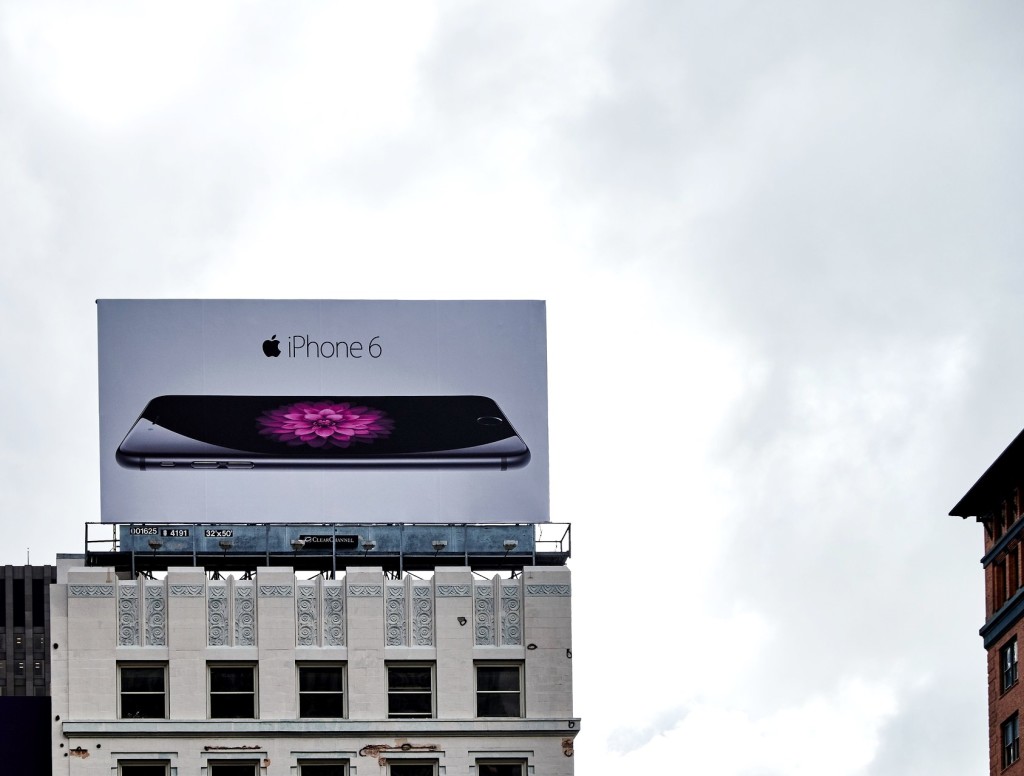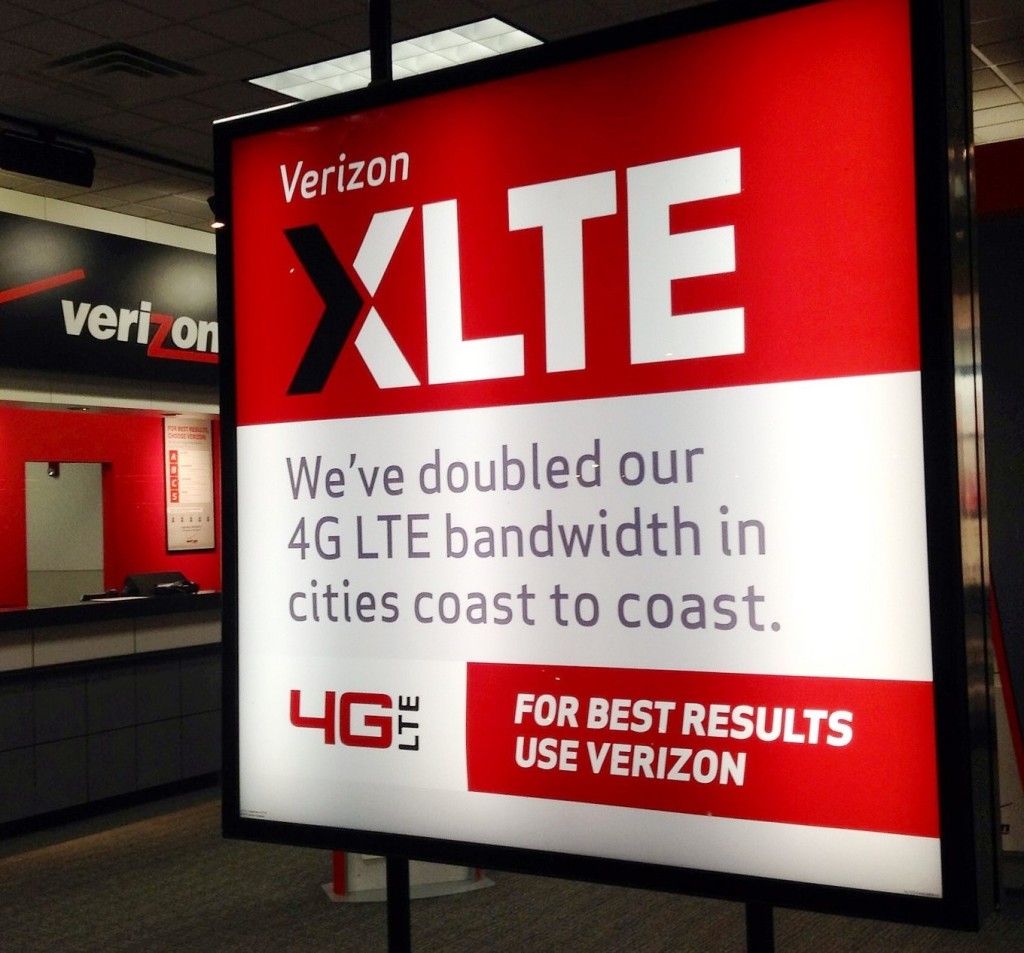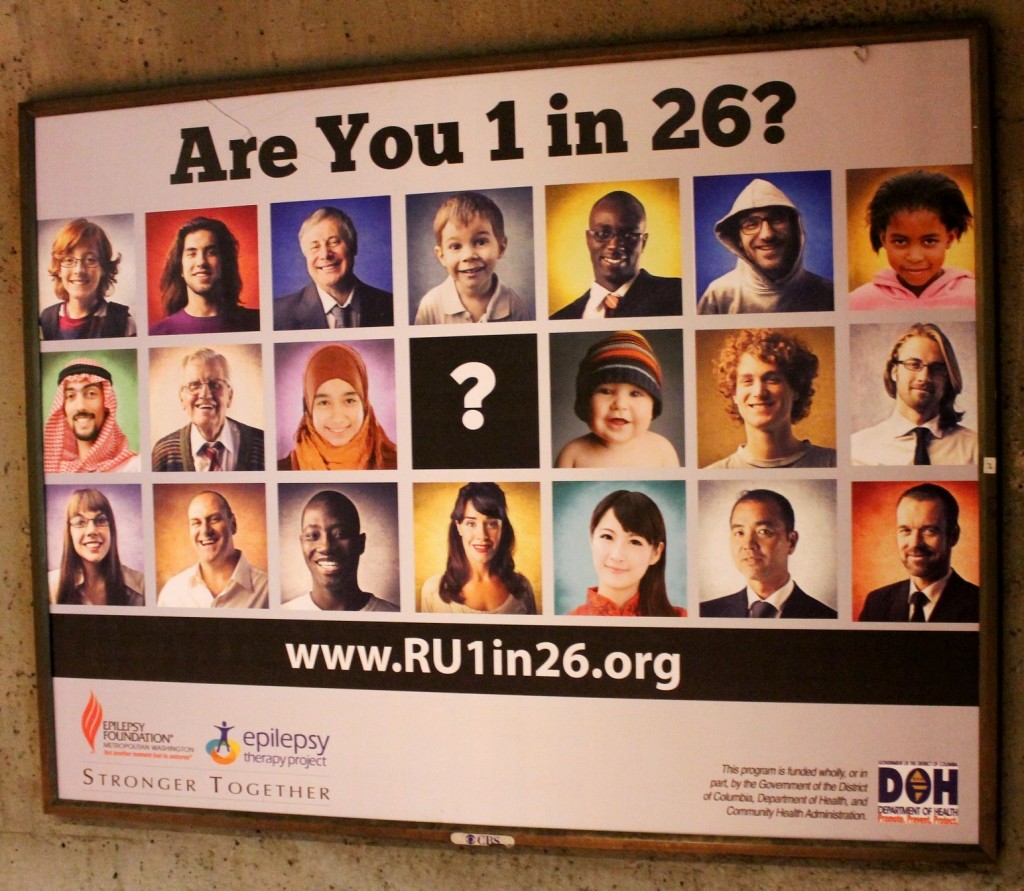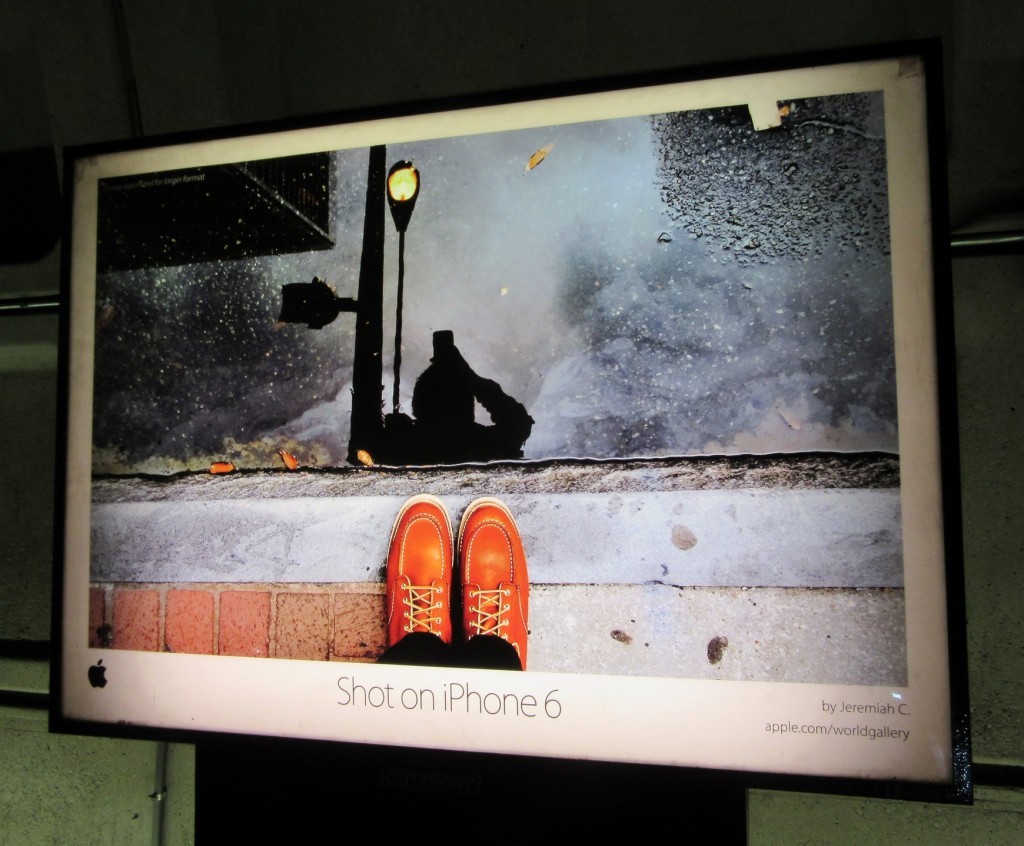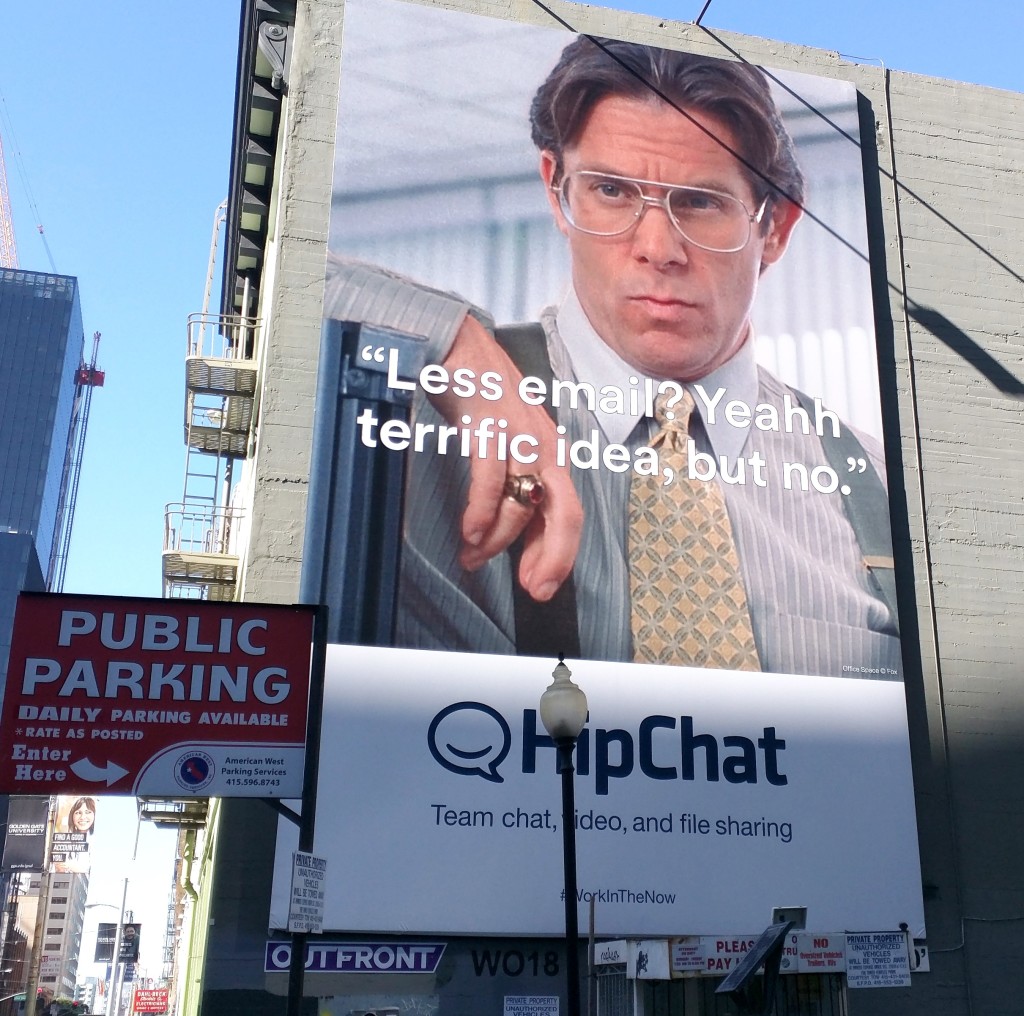Here are two pieces of feedback that I got about my billboard manifesto: 1) “Sonya, more people have watched Office Space than you think.” 2) “This post is like the billboards that you’re criticizing.” Although I had good points (if I do say so myself, which I do), my suggestions weren’t presented in a clear, actionable manner. Hopefully this post will amend that. Most of the following design ideas apply to other types of display ads, like magazine ads or even web ads, but my specific aim is to improve billboards.
The process is slightly different for new brands versus established brands. (You are a new brand if most people have never heard of your company/product. You are an established brand if everyone already knows who you are and what you do.) The advice for new brands largely also applies to established brands, but not vice versa.
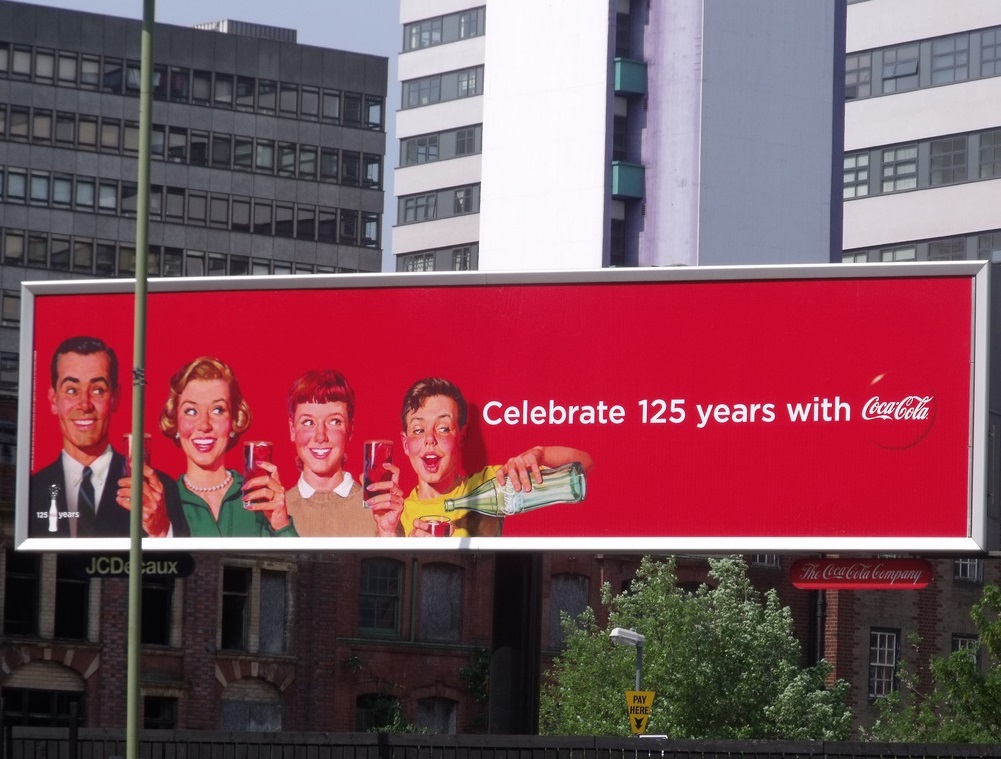
Billboard Checklist For New Brands
#1: Define your objective. What do you want people to do after they view your billboard? Do you want them to visit your website? Buy your product next time they see it at Target? Simply remember your company when they’re prompted to think of your industry? It’s important to pin this down so that later you can evaluate whether the billboard accomplishes what it’s supposed to. Keep in mind, as a new brand, that getting your name/logo/image in people’s brains is CRUCIAL before you can expect anything else.
#2: Include essential information. These things MUST be on your billboard, and they must be big and readable: the name of your company, what your product is/does (if there’s room, also why people should want it), and where people can get it. Textually, here’s an example:
Safer Dog Leashes
made by Company Name
available at companyleash.com
Accompanying the text would be a picture of the dog leash. That’s it. Simple is good! People need to be able to process the information quickly, with little attention and zero intention. Prioritize clarity, and when in doubt, enlarge the font!

Billboard Checklist For Established Brands
#1 is the same: Define your objective. How do you want people to react to your billboard? What do you want them to do? As an established brand, you may be playing a longer game, oriented toward perception as well as action. Do you want people to start associating your product with luxury, business, fun? Etc, etc.
#2: Signal your brand. You don’t need to lay out everything about the company and what you do, but you still need to show whose billboard this is. In a legible way! Depending on how well-known you are, this can mean putting your company’s name in a corner, or in some cases just the logo. Make sure that people can tell, from far away, what brand the billboard represents.
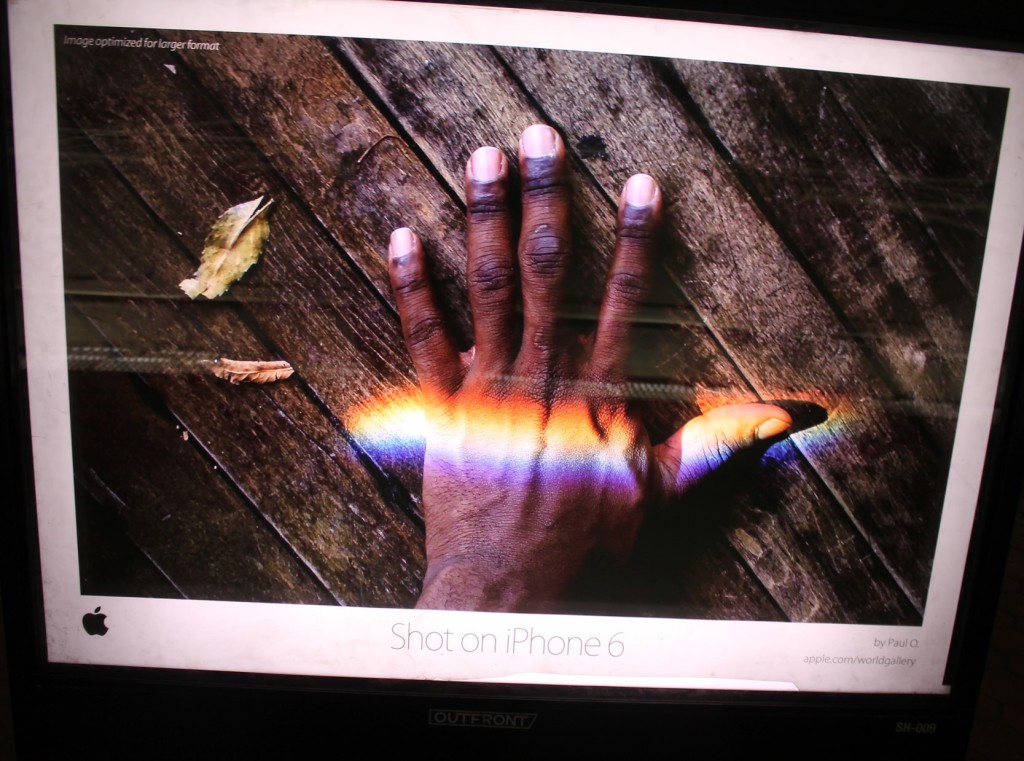
#3: Core message. Suppress your desire to be clever. Jokey or sarcastic billboards can be done well, but it’s so infrequent that statistically speaking, you’d do better not to even try. Be straightforward. To use the example of “Shot on iPhone 6”, the core message is, “The iPhone 6 has a really good camera.” Boil down your core message to be as simple as possible. If you use text, use LARGE text.
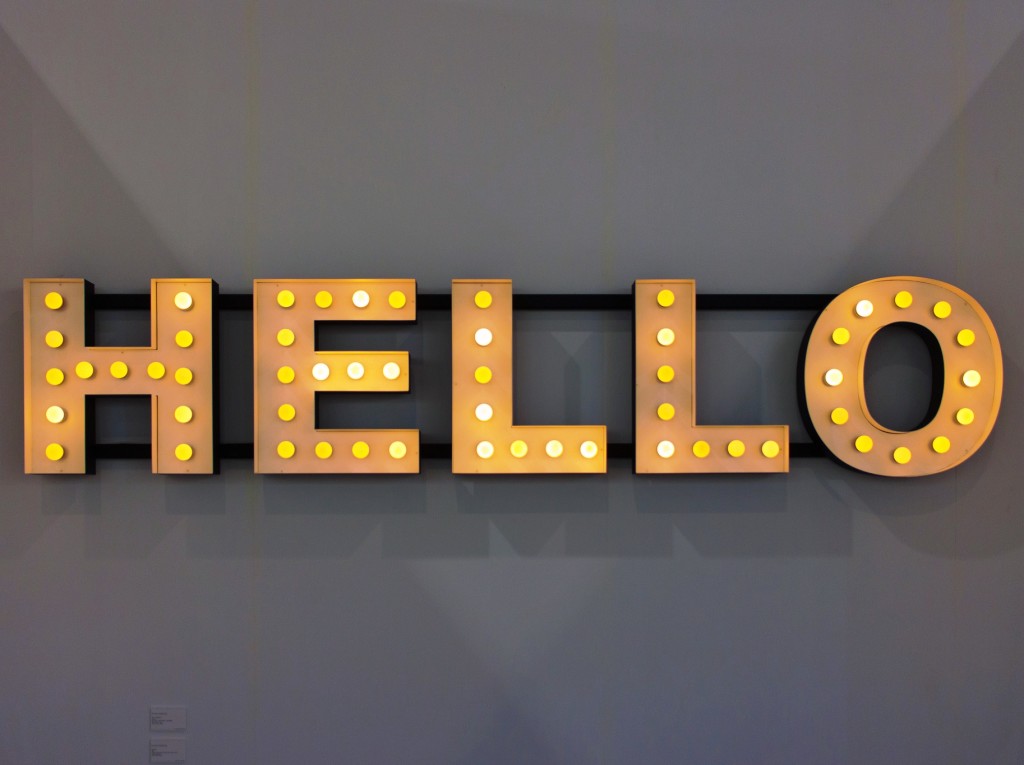
Now I gotta backtrack. Before you do anything: Step zero in any kind of marketing endeavor is to consider, “Is our [product/service] valuable? Why should people want it?” If whatever you’re offering isn’t useful and desirable, go back to the drawing board before you try to sell it. If you’re in a position where you can’t amend the product to make it better, your job is going to be a hell of a lot harder. More on that here: “The single worst marketing decision you can make” by Ryan Holiday. Also, this memo from Stewart Butterfield to the internal team at Slack (a workplace communications system) is a must-read. Salient quote:
“Just as much as our job is to build something genuinely useful, something which really does make people’s working lives simpler, more pleasant and more productive, our job is also to understand what people think they want and then translate the value of [our product] into their terms.
A good part of that is ‘just marketing,’ but even the best slogans, ads, landing pages, PR campaigns, etc., will fall down if they are not supported by the experience people have when they hit our site, when they sign up for an account, when they first begin using the product and when they start using it day in, day out.”
That’s it! Let me know in the comments, on Twitter, or via email (sonyaellenmann@gmail.com) whether you think this post is correct, super wrong, or how it could be more helpful. Feedback is welcome. Thank you!
